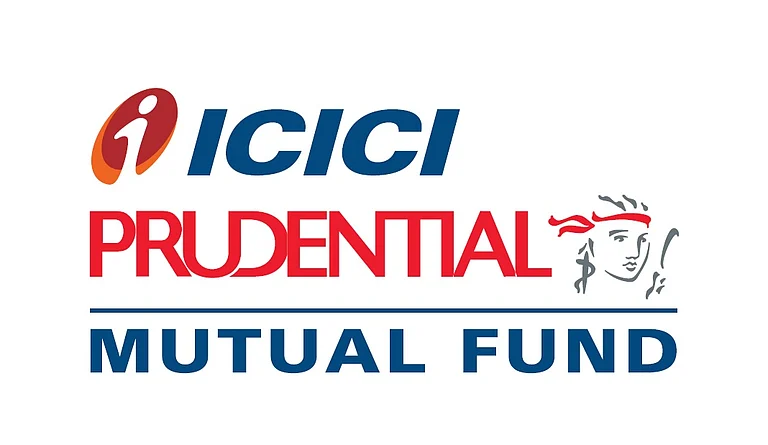In cricket, the skipper doesn’t send the biggest slog-hitter up the order when the ball is still brand-new and swinging. Nor does he leave the pace spearhead cooling his heels when the pitch is fresh, green and begging for seam movement. He watches conditions over by over and changes the bowlers so the team always plays to the pitch. Good investing demands the same agility: the economic wicket keeps changing, and sectors that thrive in one phase can falter in the next.
Reading the pitch: what a business cycle really is
Every economy moves through four broad overs: expansion, peak, slowdown, and recovery. During expansion, credit grows, consumers spend freely, and cyclical industries such as autos or banks often race ahead. Near the peak, cost pressures creep in; companies that sell everyday essentials—food, medicines, electricity—start to look safer. When growth hits a rough patch, these defensive players hold the innings together until recovery brings fresh momentum.
These rotations are well documented, but catching them at the exact moment is hard. Many investors try to hop from one sector fund to another, only to learn the economy changed course two steps ago. By then, the trade is late and the benefit is blunted.
Two hurdles that trip most do-it-yourself sector rotators
First, research fire-power. Tracking GDP releases, policy tweaks, commodity prices, and management commentary across industries is a full-time job. Even a minor oversight in data can lead to a different investment outcome.
Second, the tax meter. Each time an investor redeems one sector fund to buy another, a capital-gains tax bill lands in the inbox. The outgo may look small per switch, but compounded over a handful of years it starts to erode the small incremental gains the rotation hopes to achieve
Business Cycle Fund: flexibility with a game plan
Business Cycle Funds aim to do exactly the above by leveraging the time, attention and expertise of professional fund managers and research analysts that a typical large mutual fund house employs. Like astute hunters these schemes follow a flexi-cap strategy, looking for picks across large, mid, or small companies across multiple sectors. That freedom to choose without restrictions of sectors or market capitalisations, is valuable in India’s fast-changing economy.
Four steps behind every allocation
Scan for inflection points. The fund management team screens the macro landscape and narrows focus to five or six sectors that look poised to improve sharply. Together they usually make up 80–90 % of the portfolio.
Drill down to the best companies. Within those sectors, analysts hunt for firms that show clear catalysts: an expected earnings surge, stronger cash flow, and rising return on equity (ROE) over the next 12-24 months. (ROE measures profit earned on every rupee of shareholder capital.)
Monitor and rotate. If a holding slips from the thesis, the fund exits quickly and redeploys into a new, high-conviction idea. This discipline keeps the batting order fresh.
How does this play out in practice? Let’s examine this using an example from the Kotak Business Cycle Fund. According to the latest fund management commentary in the scheme factsheet, six sectors dominate the fund: Banking and financial services, Healthcare, Consumer discretionary and staples, Automobiles and auto-ancillaries, Capital goods, and Infrastructure—including real estate and telecom. Each one rides a visible tail-wind: healthier credit demand, rising consumer spending, a public-and-private capex revival, and India’s ongoing digital build-out.
What are the risks
What investors must accept is clear: no sector call is infallible. Policy shocks, global crises, or a mis-read on timing can dent returns. A business-cycle fund therefore suits investors with a multi-year horizon and enough patience to tolerate bouts of under-performance while the next turn sets up.
Final word
Cricket captains do not cling to yesterday’s hero when the wicket has changed. Nor should investors. Business-cycle investing recognises that simple truth and lets sector exposure move with the economic pitch. For those who like the investment philosophy but lack the time—or the stomach for frequent tax hits—a well managed Business Cycle Fund offers a professionally managed, tax-efficient way to stay on the front foot.
By Harish Bihani
(The author is EVP & Fund Manager at Kotak AMC)
(Disclaimer: Views expressed are the author's own, and Outlook Money does not necessarily subscribe to them. Outlook Money shall not be responsible for any damage caused to any person/organisation directly or indirectly.)










